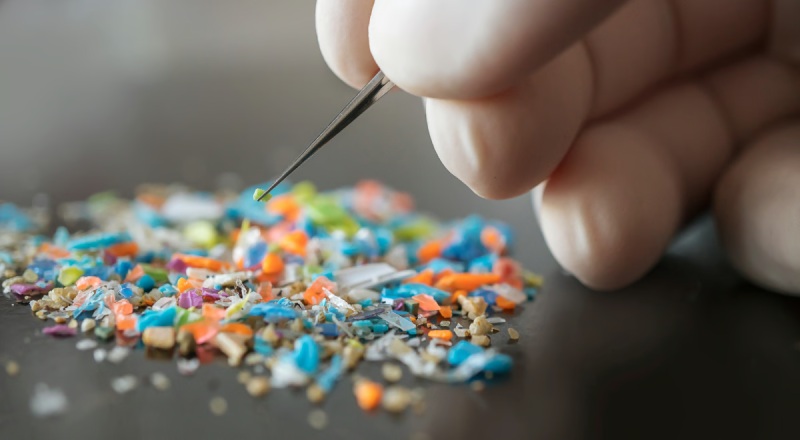For many years now, environmentalists have issued warnings regarding plastic pollution. Nevertheless, plastic is so commonplace that it has impacted every aspect of our life and the entire globe. We produce a wide range of plastic components, from window frames to milk cartons. Additionally, researchers at the University of New Mexico Health Sciences have quantified the amount of these microplastics in human placentas using a novel technique. The researchers discovered microplastics in all 62 of the placenta samples they examined for the study, which was published in Toxicological Sciences. The amounts of the particles ranged from 6.5 to 790 micrograms per gram of tissue.
Although these figures may not appear significant, scientists are concerned that the amount of microplastics in the environment is growing, which may have negative consequences on human health. Lead researcher Matthew Campen expressed concern about the growing quantity of microplastics in the study. “If we’re seeing effects on placentas, then all mammalian life on this planet could be impacted. That’s not good,” he declared.
The researchers examined tissue from donated placentas for the study. They chemically processed the samples to “digest” the fat and proteins into a form of soap, a procedure known as saponification. Following that, each sample was spun in an ultracentrifuge, leaving tiny plastic nuggets at the tube’s bottom. Next, the group employed a method known as pyrolysis. After heating the plastic pellet to 600 degrees Celsius in a metal cup, they were able to record the gas emissions produced by the various types of plastic that burned at different temperatures.
“The researchers found the most prevalent polymer in placental tissue was polyethylene, which is used to make plastic bags and bottles,” the authors of the study stated. “It accounted for 54% of the total plastics. Polyvinyl chloride (better known as PVC) and nylon each represented about 10% of the total, with the remainder consisting of nine other polymers,” they said.
According to Mr. Campen, there may be a connection between the rising levels of microplastics in human tissue and the rise in certain health issues, including colon cancer and inflammatory bowel disease in the under-50 age group, as well as the decrease in sperm counts. He continued by saying that because placenta tissue has only been growing for eight months, the concentration of microplastics in placentas is very concerning.
“It’s only getting worse, and the trajectory is it will double every 10 to 15 years. So, even if we were to stop it today, in 2050 there will be three times as much plastic in the background as there is now. And we’re not going to stop it today,” Mr. Campen declared.
